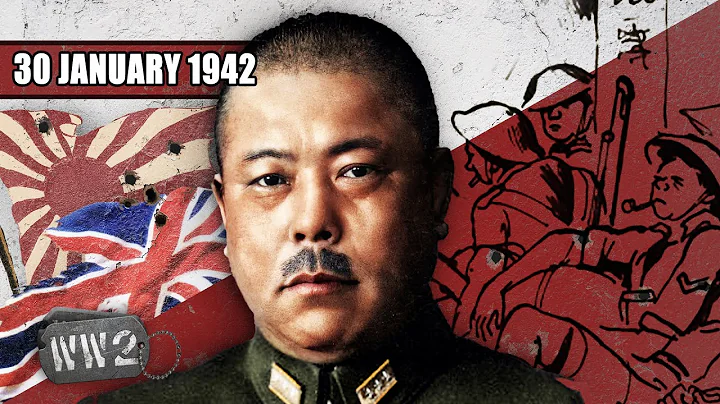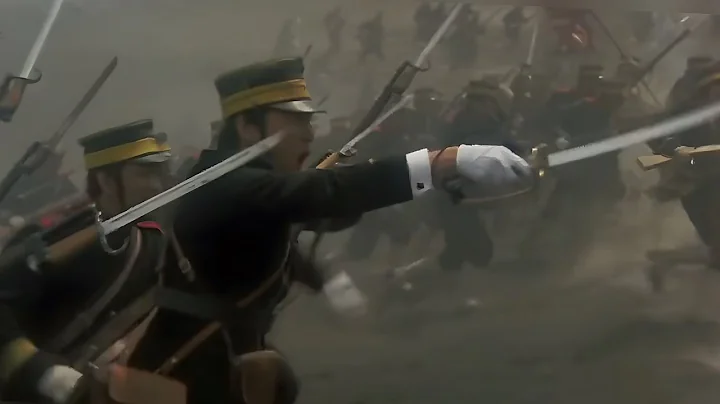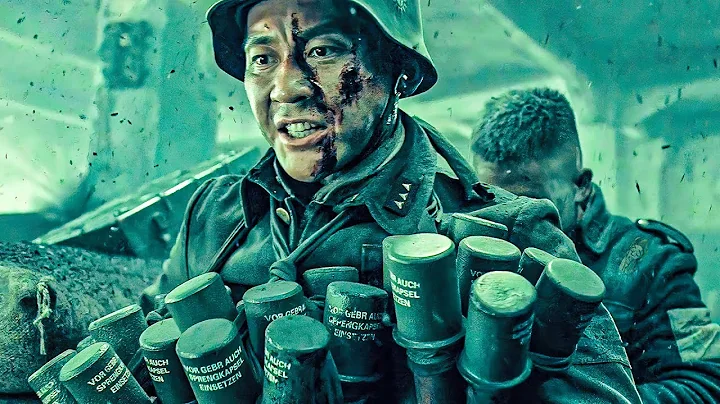The Northeast Army Lecture Hall was formerly the Lecture Hall of the Three Northeastern Provinces, which was founded in August 1907 by Xu Shichang, the then Governor of the Three Northeastern Provinces. After the outbreak of the Revolution of 1911 in 1911, the Lecture Halls of the three eastern provinces were suspended. In 1912, it was continued to be opened as the 27th Army Division Battalion Lecture Hall. In 1915, it was suspended again due to Sino-Japanese negotiations. At the end of 1918, Zhang Zuolin took office as the patrol envoy of the of the Northeastern Provinces. In March of the following year, the Martial Arts Lecture Hall was reopened at the original site of the Eastern Provinces Lecture Hall. The school was named the Eastern Provinces Army Lecture Hall. In June 1928 In August, after the Huanggutun incident, Zhang Xueliang took office as the commander-in-chief of Northeast Security and changed the name of the school to Northeast Lecture Hall. It is listed as one of China's four major military officer schools together with "Yunnan Lecture Hall", "Baoding Army Officer School" and "Huangpu Military Academy".

Northeast Army Lecture Hall
What we commonly call the Northeast Army Lecture Hall refers to the Northeastern Army Lecture Hall founded by Zhang Zuolin in March 1919, which continued until the closure of the Northeast Army in 1931 after the "September 18th Incident" The Martial Arts Hall has been held for 11 times in the past 12 years, with a total of nearly 10,000 graduates from , and more than 1,000 graduates from various specialist classes and research classes. Most of the high- and mid-level officers in the Fengcian army have been trained by it. It can be said to be the cradle of Fengcian officers. Most of the trainees trained in these 11 periods are junior officers selected from various military units, with only a small number of social recruitment. So among the nearly 10,000 students, who are the familiar people from this school?

Zhang Xueliang
Zhang Xueliang, who was a trainee in the first batch in 1919, graduated from the school in 1920 with the first place in the artillery department. After graduation, he served as the commander of the second regiment of the third mixed brigade of the Northeast Army. In June 1928, after the Huanggutun incident, Zhang Xueliang took office as the commander-in-chief of Northeast Security. On December 12, 1936, Zhang Xueliang and Yang Hucheng remonstrated with Chiang Kai-shek and jointly forced Chiang to unite with the Communist Party to resist Japan. This was known in history as the "Xi'an Incident". After the Xi'an Incident, he was put under house arrest for a long time. He regained personal freedom in 1990 and left Taiwan to live in Hawaii, the United States in 1995. He died of illness in Honolulu on October 14, 2001 at the age of 101. In 2009, Zhang Xueliang was named one of the 100 heroic model figures who contributed to the founding of New China.

Ma Benzhai
Ma Benzhai was born in 1901 (some say 1902) into a poor peasant family of the Hui ethnic group in , Xian County, Hebei Province. He attended private school for three years when he was young. In 1919, he was introduced by a friend to join the Northeast Army Corps. Due to his bravery in combat and proficiency in writing, he was selected to study in the fourth phase of the Northeast Lecture Hall in January 1924. In September of the same year, due to the outbreak of the second Zhizhi-Fengzhi War, Ma Benzhai graduated early and returned to the army. After the September 18th Incident in 1931, he abandoned his official position and returned to his hometown to organize a volunteer team for the Hui people. After the outbreak of the National Anti-Japanese War, he led his team to join the Eighth Route Army in 1938 and joined the Communist Party of China in October of the same year. From 1937 to 1944, he led the Muslim detachment to gallop in the Jizhong Plain of Hebei Province, experienced more than 870 large and small battles, and annihilated more than 36,000 Japanese and puppet troops. Comrade Mao Zedong called it "a victorious Hui detachment." Unfortunately, on February 7, 1944, Ma Benzhai died of illness in Shenxian County, Shandong Province. In September 2009, Ma Benzhai was selected as one of the "Top 2100 Heroic Model Figures who have made outstanding contributions to the founding of New China" by 11 departments including the Central Propaganda Department and the Central Organization Department.

In the winter of 1939, Lu Zhengcao took photos in the Shanxi-Chahar-Hebei Anti-Japanese Base Area
Lu Zhengcao was born on January 4, 1904, in a poor peasant family in Shanhou Village, Maoqi Town, Haicheng County, Liaoning Province (today's Haicheng City). Joined the Northeast Army in 1922. In 1923, Zhang Xueliang was personally selected to study at the Northeast Military Academy, and after graduation he served as Zhang Xueliang's adjutant. Joined the Communist Party of China in May 1937. During the Anti-Japanese War, he served as the commander of the Third Column of the Eighth Route Army, the commander of the Jizhong Military Region, and the deputy commander-in-chief of the Jizhong District General Headquarters. During the battle, he explored new tactics such as mine warfare and tunnel warfare. The method caused the enemy to suffer a lot, and the Japanese called it "ground mouse".After the founding of the People's Republic of China, he served as Deputy Minister and Acting Minister of the Ministry of Railways of the Central People's Government. In 1955, he was awarded the military rank of general. He passed away in Beijing on October 13, 2009, at the age of 106. He was also the last founding general to die. In his later years, the old general laughed at himself for doing three things in his life: "My whole life, I have been fighting Japan, managing railways, and playing tennis."

Wan Yi
Wan Yi, was born on August 8, 1907 in Dalian, Liaoning Province A peasant family in Shilipu, Jinzhou District. He joined the Northeast Army in 1925 and entered the Northeast Army Lecture Hall to study in 1929. In June 1930, he graduated with excellent results that ranked first in the student assessment of that period. After graduation, he served as the adjutant of Zhang Xueliang. In December 1937, he led the 672nd Regiment of the 112th Division to participate in the Nanjing Defense War. The entire regiment was killed except for one person. In January 1938, he served as colonel commander of the 667th Regiment of the 334th Brigade of the 112th Division of the Northeast Army. In March of the same year, he secretly joined the Communist Party of China. During the Anti-Japanese War, he served as deputy commander of the Binhai District of the Eighth Route Army of the Shandong Military Region and captain of the Binhai Detachment of the Shandong Military Region. After the Anti-Japanese War, the Liberation War, resisted the United States and aided Korea . After the founding of the People's Republic of China, he successively served as the principal and Party Secretary of the Artillery School of the Chinese People's Liberation Army, the Artillery Commander of the Northeast Military Region, the Party Committee Secretary, the Deputy Minister of the Second Machinery Industry Department of the Central People's Government, and the Minister of the Equipment Planning Department of the General Staff Headquarters of the Chinese People's Liberation Army. He was awarded the rank of lieutenant general in September 1955, and was treated as a Zhengda Military Region official from July 1985. On October 31, 1997, Wan Yi died in Beijing at the age of 90 due to ineffective treatment.
There are many other celebrities. Due to space limitations, we cannot introduce them one by one! Such as the revolutionary martyr Zhang Jingdu, the famous writer Xiao Jun...





















